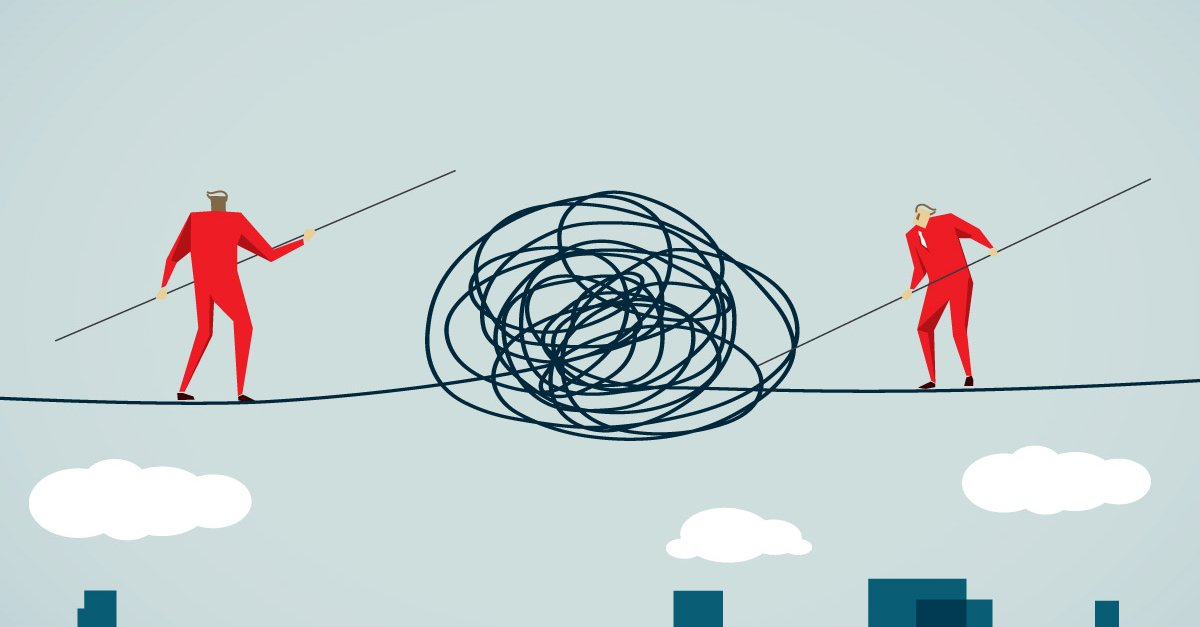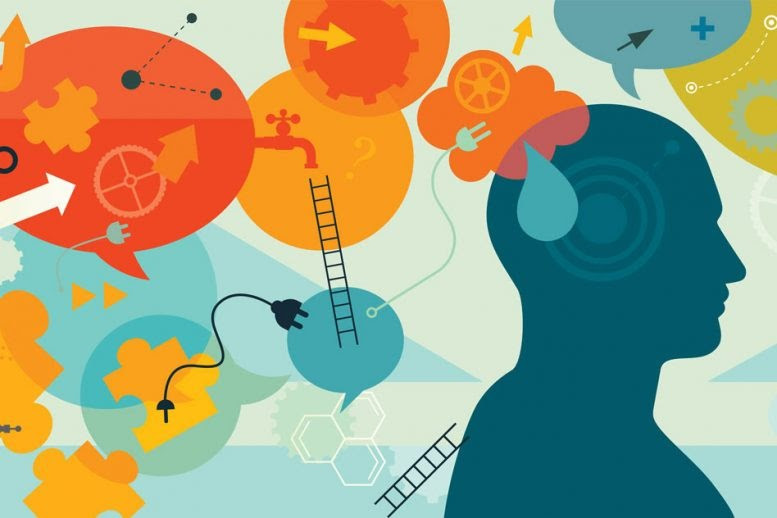Special Report
Team Preparation
Maintain constant boundaries between your personal and professional life .. I have certainly heard this sentence in many situations in your work, as the prevailing belief among people is the necessity to keep emotions and feelings out of the business.
But this is impossible and harms productivity, as we are human beings who express their feelings constantly, with or without intent.
Emotion is evident in body language, word choice, tone of voice, and verbs, it is part of who we are, and therefore it is difficult to leave our emotions at the door before entering the workplace, and it is best for companies to understand and harness emotions To increase team productivity.
The role of emotion in decision-making

Scientists have found that stripping emotions reduces effectiveness in making decisions, as the biggest problems emerge when a team’s decision collides with emotions, which affects the spirit of teamwork, and from this emerges emotional intelligence as one of the most powerful tools for success in work.
and entering a few emotions in the decision-making process is a good thing even if feelings seem negative or unproductive in nature, as feeling fear, sadness, or a little emotion can help to stimulate or broaden the search for alternatives .
Therefore, when working with your team to make a decision, it is important to be aware of the impact of the emotional state on the team's decision-making approach, especially when feelings and emotions reach high levels or when the discussion table brings together people with equal feelings .
Understanding the team’s feelings

You may be aware of the eight basic feelings: anger, fear, disgust, surprise, sadness, confidence, expectation, and joy, but how is they expressed during work? <<: p>
Trust and expectation is one of the most common feelings people express during teamwork, when teams trust each other and look forward to the project that they want to do, everyone has a great incentive to do it wonderfully.
There are feelings of surprise and fear that people express in phrases like oh! I didn't know that or was concerned that this would negatively affect users, which are natural feelings and lead to the discovery of new challenges and more opportunities for growth, confidence and clarity.
Another important emotion is anger, as this negative emotion accounts for 16 to 30% of teamwork time, so less anger applies to high-performing teams while ...









































